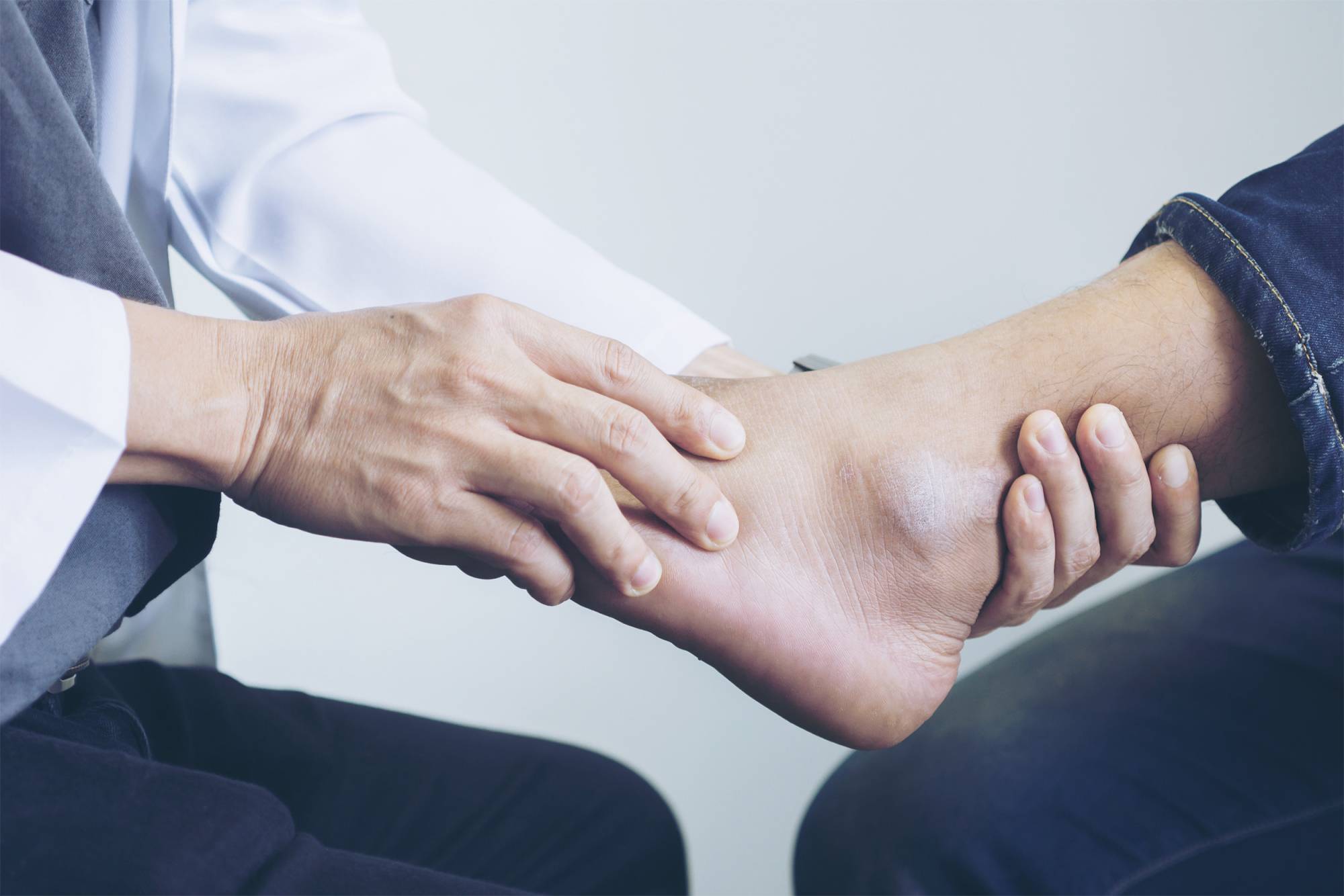- Accueil
- Chirurgie de la cheville
- Tendinopathies d’Achille
- Achilles Tendinopathy: Current Concepts about the Basic Science and Clinical Treatments
Achilles Tendinopathy: Current Concepts about the Basic Science and Clinical Treatments
Authors: Hong-Yun Li and Ying-Hui Hua
Affiliation: Sports Medicine Center of Fudan University, Department of Sports Medicine and Arthroscopy Surgery, Huashan Hospital, Shanghai, China
Correspondence to: Ying-Hui Hua; hua_cosm@aliyun.com
Achilles tendinopathy is one of the most frequently encountered ankle and foot overuse injuries. It is a clinical syndrome characterized by a combination of pain, swelling, and impaired performance. There are two main categories: insertional and noninsertional tendinopathy. The etiology of Achilles tendinopathy is multifactorial, encompassing both intrinsic and extrinsic factors. Despite various conservative and surgical treatments available, there is no gold standard due to controversial clinical results. Future research is needed to establish effective treatments.
Introduction
The clinical symptoms of Achilles tendinopathy, including pain, swelling, and impaired physical function, are common issues affecting athletes and non-athletes alike. This condition has been associated with a failed healing response leading to degenerative changes in the tendon. Different stages of tendinopathy include reactive tendinopathy, tendon disrepair, and degenerative tendinopathy. The term tendinopathy is preferred over tendinitis due to the absence of an inflammatory response.
Epidemiology
Achilles tendinopathy represents a significant percentage of ankle and foot overuse injuries. It is particularly prevalent among individuals engaging in running and jumping sports. The condition affects both recreational and professional athletes and can significantly impact athletic careers and daily activities.
Etiology
The development of Achilles tendinopathy can be attributed to a combination of intrinsic and extrinsic factors. These include biomechanical abnormalities, systemic conditions, and training errors, contributing to the complexity of diagnosis and treatment.
Tendon Anatomy and Physiology
The Achilles tendon is a critical structure composed mainly of collagen fibers, which provide strength and elasticity. Changes in the tendon's blood supply and nerve innervation play significant roles in tendinopathy and its symptoms.
Pathology
In Achilles tendinopathy, the tendon undergoes histological changes, such as increased tenocytes and disorganized collagen fibers. These alterations contribute to the clinical presentation and the complexity of treatment.
Treatment
The treatment for Achilles tendinopathy ranges from nonoperative management to surgical intervention. However, the effectiveness of these treatments varies, highlighting the need for further research.
Conclusion
Despite the prevalence and impact of Achilles tendinopathy, effective management remains a challenge due to its complex etiology and variable response to treatment. Continued research is essential to develop standardized and effective treatment protocols.
The authors declare that there are no competing interests regarding the publication of this paper.

 Prendre rendez-vous
Prendre rendez-vous

